Habits that help save 25% on fuel costs
Having to spend a lot of money on gas is something that no car owner wants. So how can you reduce the amount of money you have to spend each month on your car? What factors help you save fuel for your car?
Ford recently released the results of a study on the impact of driving techniques on fuel consumption and CO2 emissions per kilometer. The research shows that by adopting environmentally friendly driving techniques, drivers can reduce fuel consumption and emissions by 25% compared to normal driving. Even small changes in the way you drive can have a big impact on fuel economy.
“People are willing to go the extra mile to get something cheaper without realizing that while they are driving, they are wasting more fuel,” said Adam Smith, Ford Fuel Economy Engineering Manager – one of Ford’s leading fuel economy experts in Asia Pacific. “Smart driving not only saves you fuel and money, but also helps the environment and makes the roads safer for everyone.”
So, it is clear that your daily driving habits, without even realizing it, are contributing to your “throwing money out the window”. Most people think that whether a car is fuel-efficient or not depends entirely on the manufacturer, without knowing that proper driving habits are the best way to help you reduce fuel costs effectively. That is why, in fact, just a few simple tips can help you drive more fuel-efficiently and be more environmentally friendly.
|
| Even small good habits can make a big difference in your fuel-saving efforts. |
Drive slowly
Driving habits such as speeding and hard braking can increase fuel consumption. So, unless it is an emergency, accelerate gently, brake early and smoothly, and if it is within safe limits, do not change lanes. This will not only save fuel but also help you prolong the life of your brakes and tires.
Drive slowly
Driving at high speeds wastes a lot of fuel. By driving 90 km/h instead of 100 km/h, you save 10 to 15 percent on fuel. Also, you should drive at a steady speed. Every time you press hard on the accelerator, more fuel is pumped into the engine, sometimes too much. Using Cruise Control whenever possible on the highway will help maintain a steady speed and save fuel.
Turn off the engine when idling
Nowadays, engines do not need a warm-up period. You should move the car immediately after starting it, avoid idling. Starting the engine while waiting will increase emissions and fuel consumption. In case it is not necessary, turn off the engine if the car is stationary for more than 30 seconds to avoid wasting fuel.
Cut down on unnecessary goods
The lighter the cargo in the trunk or inside the vehicle, the less fuel is needed to accelerate. Try to travel with as little as possible, keeping only essential items (e.g., a first aid kit, jumper cables, a compact tool kit, and a small jack) in the vehicle.
Reduce wind resistance
Your vehicle is designed to minimize wind resistance. Therefore, loading a large object or a bicycle on the roof will greatly increase wind resistance. If you are going on a long trip, try to arrange the items in the trunk or secure them to the rear of the vehicle. Also, closing the side windows and sunroof will help reduce wind resistance. The less resistance, the more fuel is saved.
When the weather is cool, only turn on the air conditioner on the highway.
|
| Many users do not have the habit of taking full advantage of the cruise control function. |
Turning on the air conditioning at low temperatures consumes about 15% more fuel. So, if it’s not too hot, roll down the windows and turn off the air conditioning when driving around town. However, when driving at speeds above 90 km/h, closing the windows and turning on the air conditioning is a more reasonable decision for two reasons: One, it increases the car’s aerodynamics, and two, at high rpm, the engine produces enough power for the air conditioning system to work effectively.
Use cruise control
Activating the Cruise Control system not only frees your feet when driving at high speeds, but also helps increase fuel economy, maintaining the vehicle at a steady speed and not wasting fuel when accelerating. Set the system at the speed that helps your vehicle save the most fuel, as long as you do not exceed the prescribed speed.
Tackle multiple tasks on one trip
Traveling multiple short distances uses more fuel than one long distance. So when you have a convenient place to go, combine other things you need to do on the same route to use fuel more efficiently. Watch Ford’s video on “Ways to Save Fuel” here.
Car maintenance is the best way to save fuel.
How you maintain your vehicle also has a significant impact on fuel consumption. When your vehicle is always running at its best, fuel consumption is at a minimum. In addition to the routine maintenance techniques that many people are familiar with, replacing old fuel filters or spark plugs, wheel alignments and exhaust systems all contribute to fuel savings. Vehicle maintenance procedures and driving habits can help increase fuel economy by up to 25%.
Keep your car engine "healthy"
When a vehicle breaks down or fails an emissions test, a thorough repair can improve fuel economy by an average of 4%. In particular, if a faulty oxygen sensor in the engine is replaced, fuel economy can increase by 40%.
Maintain standard tire pressure
Tires inflated to the correct standard pressure will help you drive more safely, steer more accurately, last longer and save more fuel. The appropriate tire pressure for the vehicle is indicated in the owner's manual or located on the driver's door, door pillar or glove box. Be careful not to inflate the tire beyond the standard pressure because over-inflating the tire will reduce the tire's grip and life.
Use the recommended engine oil.
Using the manufacturer's recommended oil (as specified in the owner's manual) will help the lubrication system operate at maximum efficiency. Using the wrong oil can reduce fuel economy by up to 2%.
Of course, the design of the car also makes a big difference. Ford itself, as well as many other manufacturers, are constantly going further in the journey to bring customers different fuel choices, increasing fuel economy for current car models or electric cars. In which, turbocharging solutions for large capacity engines like EcoBoost are a typical example.

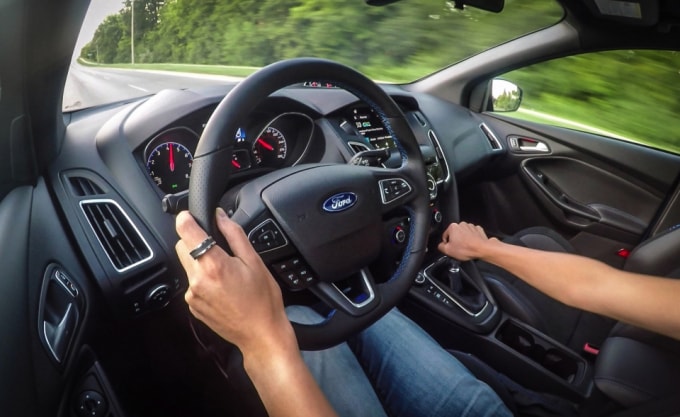
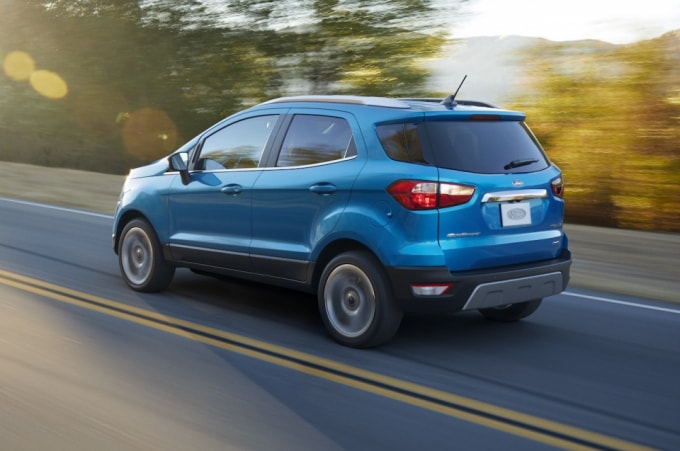

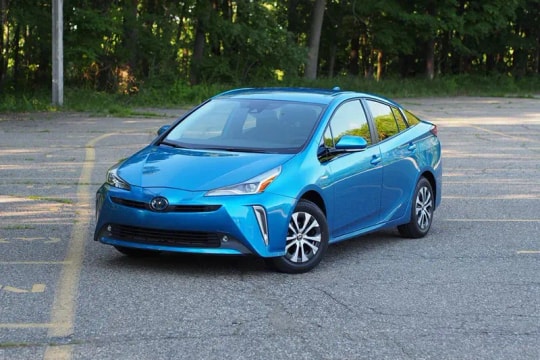
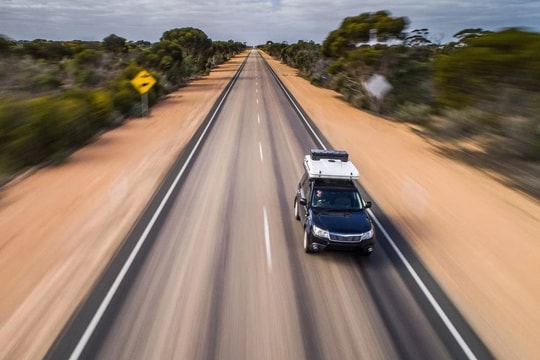
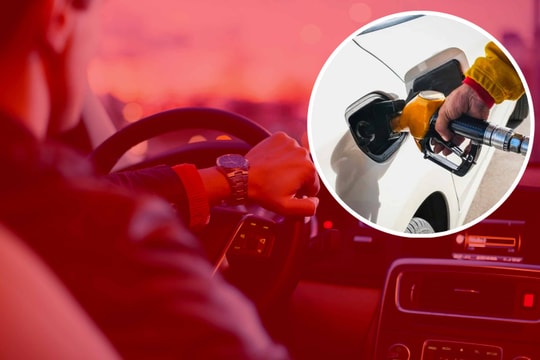
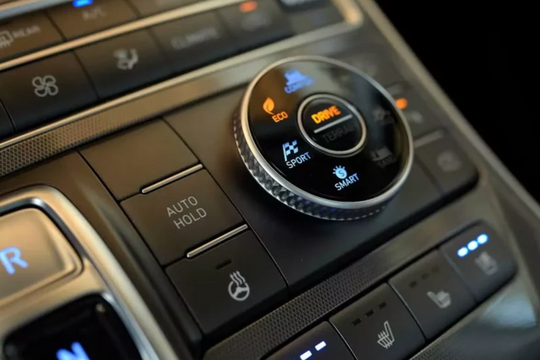
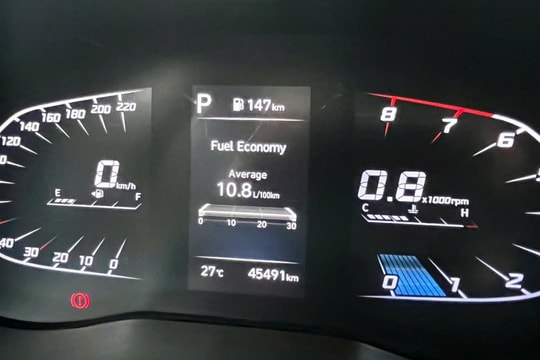
.jpg)
